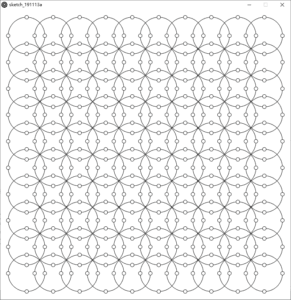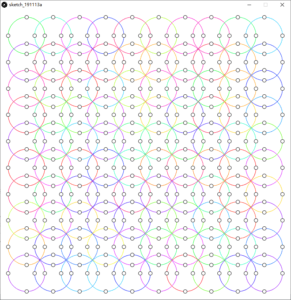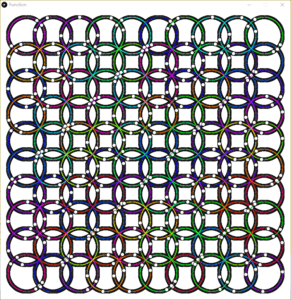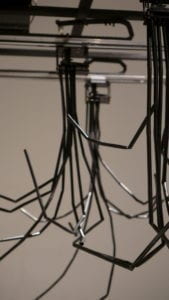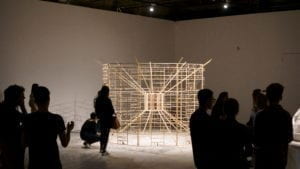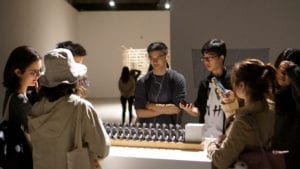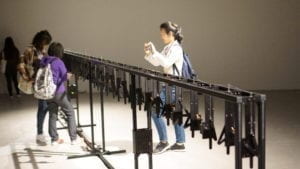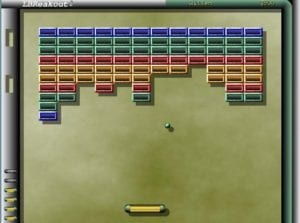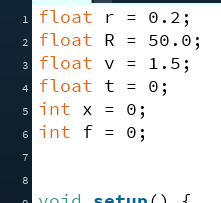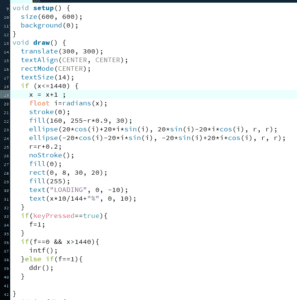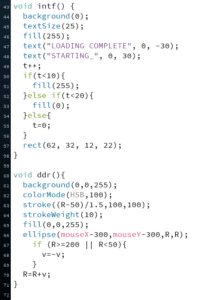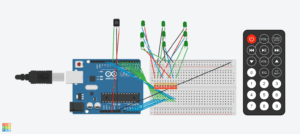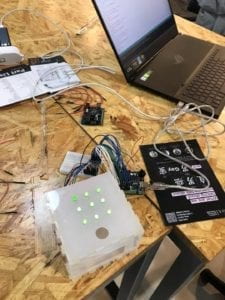Proposal 1:”Echo”
Designed for stressful people to release the anxiety, our first proposal is a pressure-releasing device. Inspired by Edvard Munch’s famous painting The Scream, the device aims to lead the users to sunleash the stress in their heart by screaming, and then the device detects the volume of the voice and made corresponding reactions, which named itself “the Echo”. The current difficulty is that the project is a bit conceptually thin in the form of interaction thus we need to add other core concepts, and the guidance of that device must be extra careful to avoid the users to gain more pressure in trying to scream louder rather than scream to relieve.
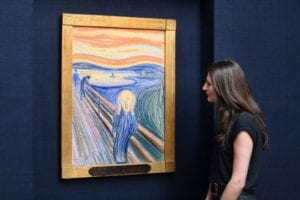
Proposal 2:”Night Vendor”
The second proposal is a (possibly wearable) device designed for people with insomnia or just having some difficulties in sleeping or resting. The idea is inspired by one episode (Epd.415) of Doraemon, in which it introduces an light bulb that can turn the environment as dark as night and they use it to help the father disturbed by the brightness to sleep. Like its name, it provides a immersive artificial environment simulating the conditions of night, while it detects the user’s heart rhythm simutaneously to evaluate the user experience and will show the result in the form of different color of the light which will change on the basis of heartrate as an exterior display. The difficulty is mainly on the limitation of required knowledge, like the evaluation of heartrate and the specific idea of “night” by the definition of biology and physiology but not just being dark.
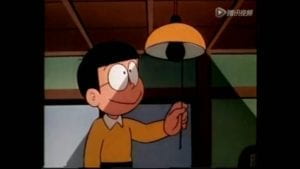
Proposal 3:”Free the Person in Traffic Lights”
That’s my favourate project. In my daily life, I observed that pedestrians become bored and idle while waiting for the green light, especially in long intervals. To make full use of that gap, we think that we can change the idea of a previously unmovable object, which is the pattern of a person in the green/red traffic light. So inspired by the dancing trafficlight project, the device has a motion-detecting component that allows you to control the formerly standstill person in the red light with your own motion. The difficulty is mainly technical as the technology of motion track is obviously very complicated for us based on what we have learnt and to achieve that effect we may need huge investment in hardware.
https://www.youtube.com/watch?v=SB_0vRnkeOk

